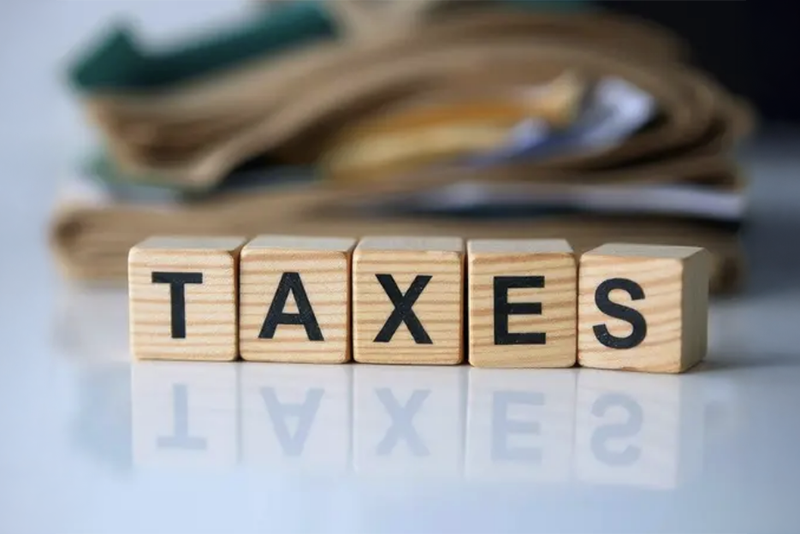Tax breaks in a form of credits and deductions could help you lower your tax liabilities or even increase your tax refunds.
The Tax Act and Jobs Act of 2017 is in full force for this coming tax season.
Some of the important changes are Child Tax Credit doubles, if you own a home some property taxes are capped both in local and state and standard deductions increased as well.
With changing laws and rules some families might see a slight increase on taxes but most individuals will have a tax break.
Here are some of the popular ones.
Student Loan Interest Deduction
This is primarily targeted to the middle class. The Student Loan Interest Deduction is primarily targeted to individuals that are working and paying student loans.
This is how you qualify and take advantage of this deduction:
The maximum amount that you can deduct is $2,500.
– The student should be you, your spouse or a dependent to qualify for the deduction.
– You can take a specific academic period and claim a deduction on the interest that you incurred on the loan.
Child and Dependent Care Tax Deduction
There are 3 different Child Tax Credits that you qualify for.
- The Child and Dependent Care Tax Credit
- The Child Tax Credit
- The Earned Income Tax Credit
These credits could be worth up to $2000 per eligible child. Also, an additional $500 per qualifying dependent.
Also, qualifying expenses could extend further to household cleaning and cooking for example.
Charitable donation deduction
When you itemize your deductions. You may qualify for a deduction that could surpass your standard deduction and lower your tax liabilities.
See the updated deduction table here and see if you can maximize your charitable contributions.
401K contribution deduction
Your contributions that come directly from your paycheck to your 401 (k) account is not taxed by the IRS.
You can contribute up to $19,000 to your account, and if you’re over 50 or older, the contribution increases to $25,000. This is for the year 2019.
In 2020, The limits increase to $19,500 and $26,000 for seniors 50 or older.
Although 401(k)s are sponsored by your company, self-employed individuals could open their own 401(k) account as well.
Self-employment expense deduction
With the advent of the gig economy, individuals have more options to find work as a contractor, freelancer, etc. and essentially you are your own boss.
It’s comparable to running your own company which entails expenses.
Some of the expenses could be deducted to lower your taxable liabilities and increase your profits.
Plan and Maximize Tax Breaks
There are a number of tax deductions that you may qualify for. This option essentially decreases your tax liability and may give a refund in the end.
If you have a significant life-changing situation, you got married, have a new baby or even a pay raise could definitely affect your tax situation year after year.
If you have any questions about any of these tax breaks that you may qualify, let us know.
You can call, email us at info@localtax.co or schedule a visit.


